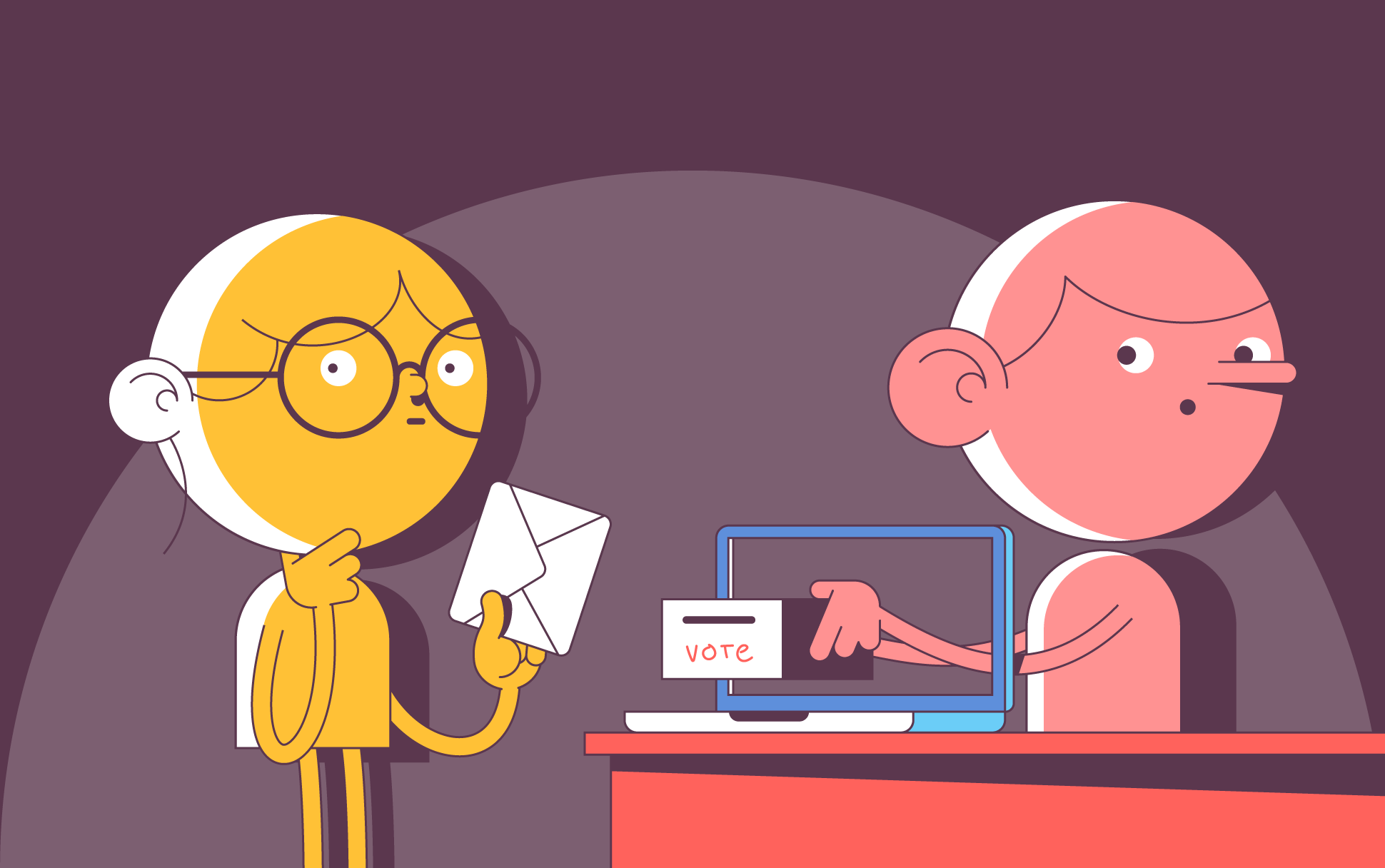
With the huge number of technological advancements in recent years and the fact that you can do almost anything online these days, it can come as a surprise that we mostly still do elections the old-fashioned way. When it comes to casting a vote, putting pen to paper and counting each ballot by hand is still considered the most reliable method.
In fact, most countries around the world still vote by paper ballot. Some countries, such as Brazil, India, and the United Arab Emirates, do use widespread electronic voting. Others have partially adopted electronic voting. For instance, in the US, some states sometimes use electronic voting in place of absentee ballots, while other states use a mix of paper ballots and electronic voting machines. Meanwhile, many countries, like Belgium, France, and Ireland, tried adopting electronic voting but later stopped following security and accuracy concerns.
So, when even the adoption of electronic voting is so scattered and there are concerns over the security of government-owned machines, you can see why widespread online voting hasn’t yet become a reality. Studies have shown that digital device users tend to be lax when it comes to security, and many people may have malware on their smartphone and not even realize it. With that in mind, allowing people to vote online comes with a lot of risk, whether it be due to a compromised device or an insecure home network.
Other potential issues include authentication (that is, confirming that people are indeed who they say they are) and the risk of unexpected technical difficulties arising. Some countries have attempted online voting, but many came to the conclusion that the risks outweigh the benefits. For example, Ontario, Canada’s 2018 municipal elections faced an issue with an ISP limiting voting traffic, which resulted in delayed voting. Many also raised concerns about verifying the integrity of cast ballots, as well as the ethics of placing the democratic process in the hands of a private company.
The one country that seems to have overcome the potential risks and distrust of voting online is Estonia. The baltic country has had online voting in place as an option for the past fifteen years, with more and more people opting for this method with each successive election, from 1.9% of voters when it was first introduced in 2005 to 30.5% of voters in 2015. More recently, nearly 45% of people used online voting for the 2019 EU parliamentary elections.
For authentication purposes, each Estonian citizen has an electronic ID with a digital certificate that verifies their identity. Before voting, they insert this card into a card reader connected to their device, enter a pin code, and then they can cast their vote. While Estonia insists that this method of voting is far more secure than traditional paper ballots, a number of experts have disagreed.
While it is certainly possible for more countries to move voting online, there can be a great many hurdles to consider beyond just security concerns, from digital literacy to trust in the government. Estonia is a very digitally literate country. Nearly all its government services can be accessed online, and it has one of the highest mobile broadband penetration rates in the world. By contrast, there is a clear digital divide between cities and rural areas when it comes to Internet access in the US. Coupled with a general distrust of “big government” across many communities, online voting doesn’t seem likely to happen any time soon.
Despite all the possible benefits of online voting, the paper ballot is still considered the safest and most secure voting option by many security experts. So don’t expect elections to move 100% online any time soon.

Cora is a digital copywriter for SSLs.com. Having eight years of experience in online content creation, she is a versatile writer with an interest in a wide variety of topics, ranging from technology to marketing.